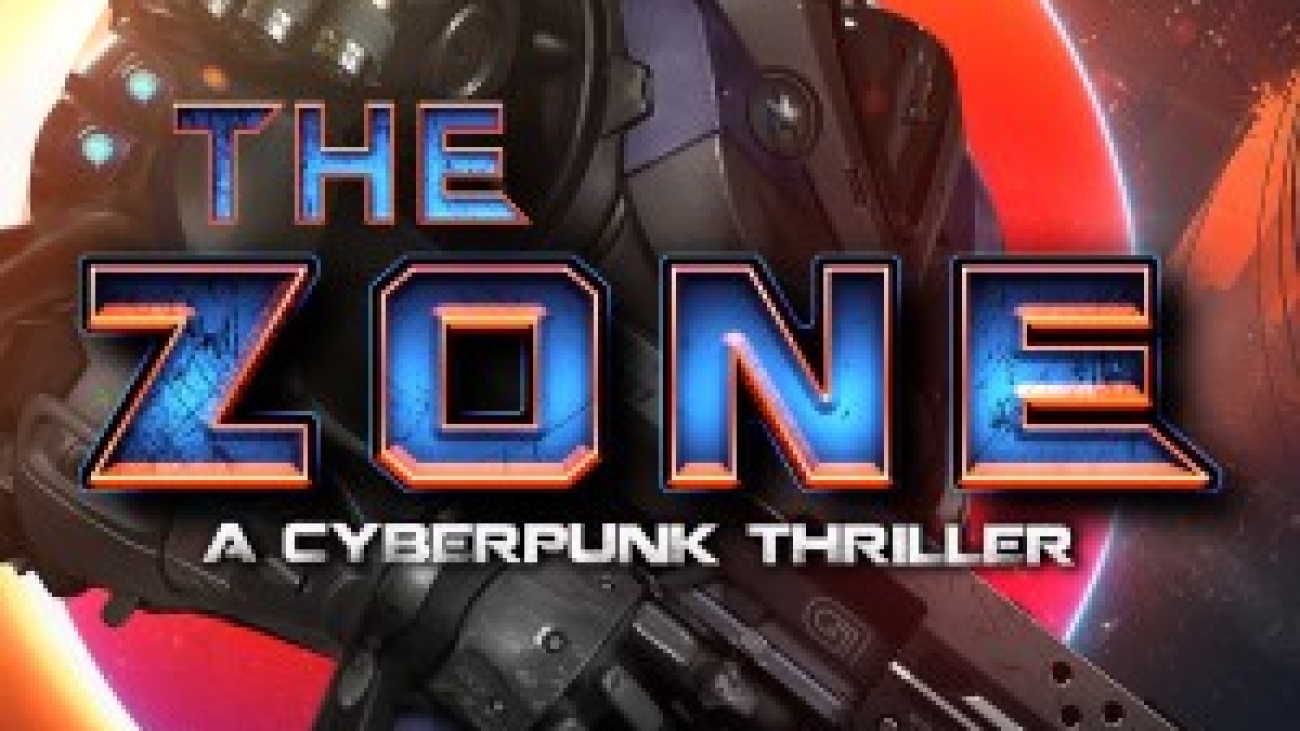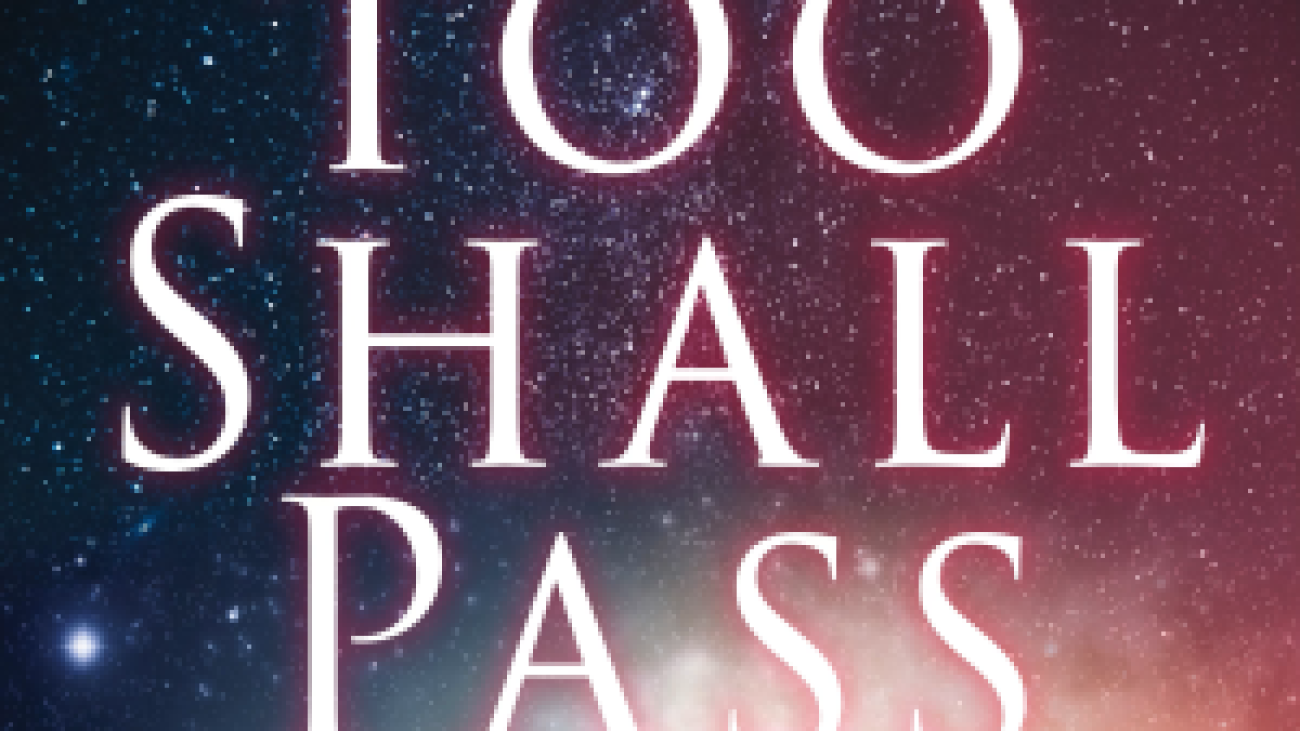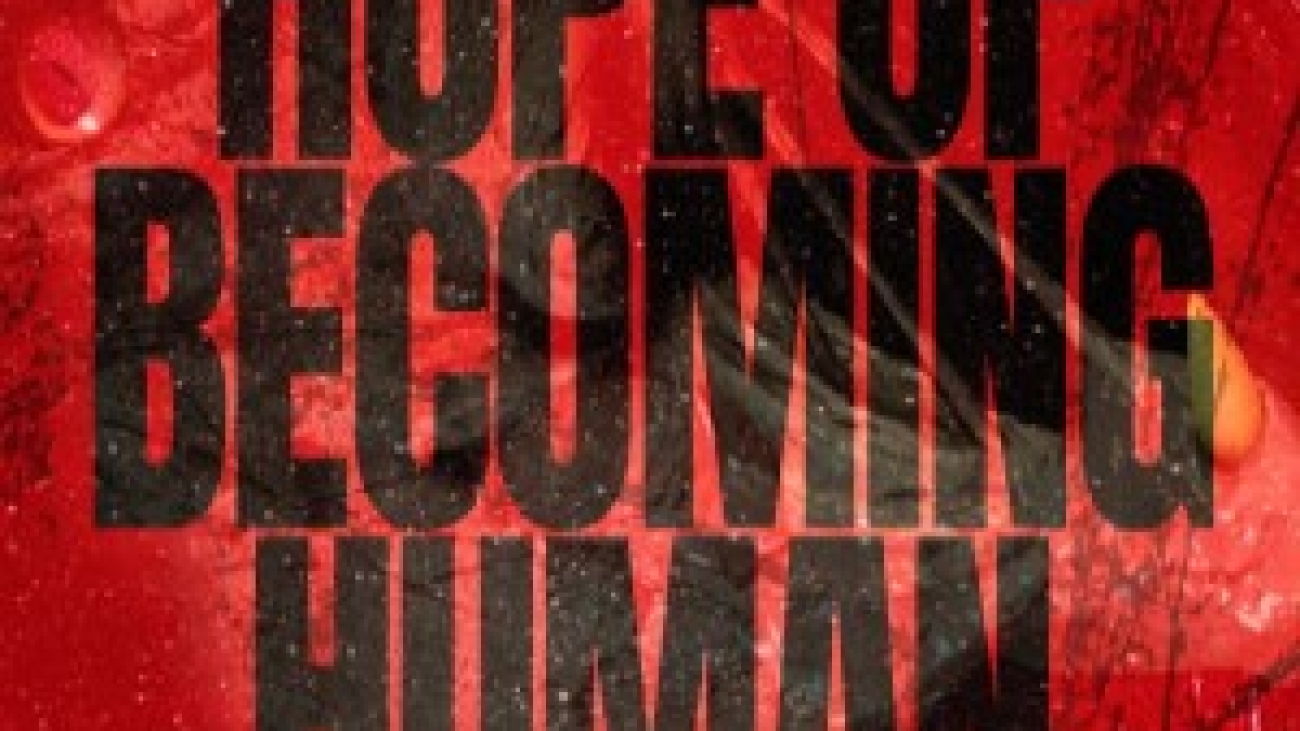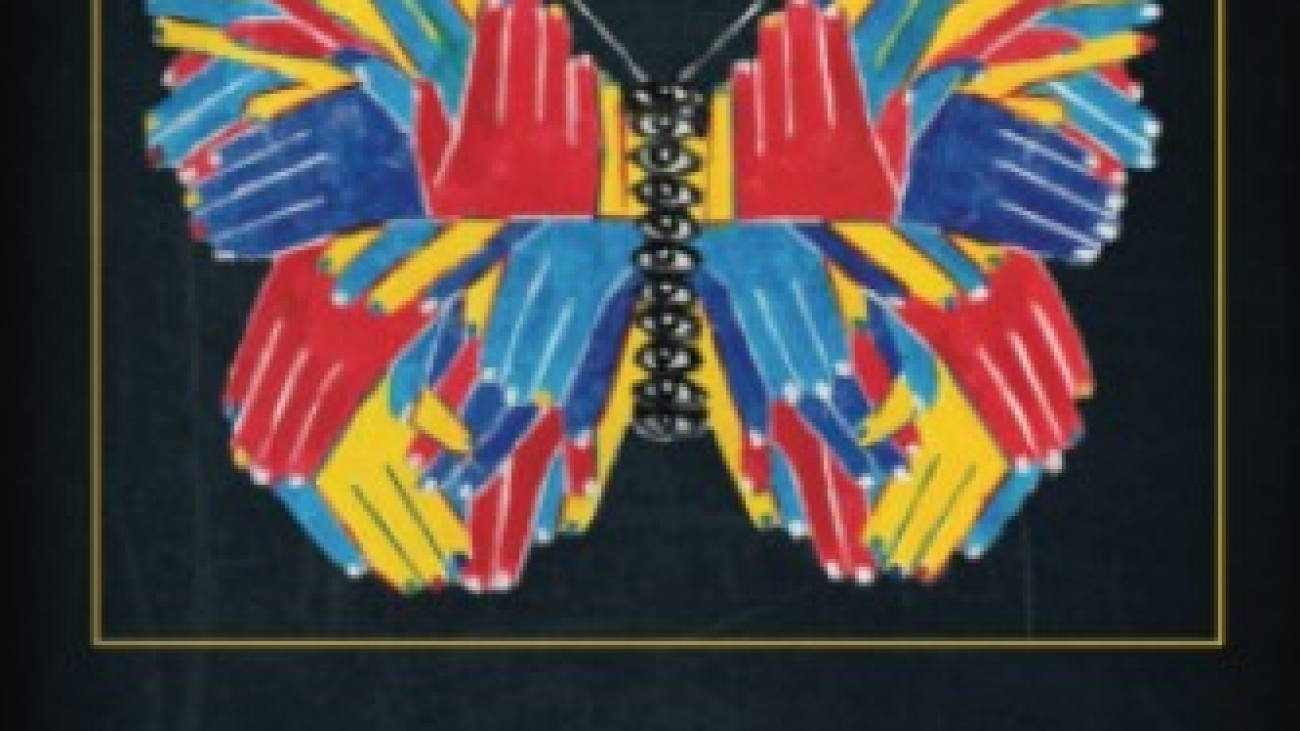Book Reviewed by Daniel Ryan Johnson
Jack Broderick is at it again in The Three Sisters, the second book in Owen Garratt’s epic apocalypse series, The Pulse. Garratt makes it easy enough to jump into the series about a world devastated by fires and a lack of electricity following a devastating solar storm, even if you haven’t read the first novel. He gives new readers the essential details they need without feeling like an unnecessary recap for those fans already hooked on the story of Jack’s fight to get home to his family. Purchase here.
Jack Broderick is aptly named because he is a true Jack of all trades. No matter what obstacle he comes up against, he has the knowledge needed to overcome it. On top of that, Jack has the ability to handle himself in a fight. While skilled in combat, his ability to take a hit is what makes him a particularly dangerous adversary. The beatings he takes in the week after the pulse leave the reader wondering if anything can take him down.
In The Three Sisters, we see Jack continue to face one challenge after another, as he did throughout the first novel in the series. While the new world in which he finds himself is full of dangers, many of the perilous situations he gets himself into could have been avoided if he kept his head down. However, that is not who Jack Broderick is. Jack continues to be driven by a need to help those in need, no matter the personal cost. Furthermore, he puts himself at additional risk in an attempt to find one more moment of bliss in a world where the notions of peace, harmony, and beauty seem to be quickly disappearing.
The Three Sisters is nearly impossible to put down. With short chapters and a plot that pulls the reader along and leaves them desperate to know what will come next, Garratt makes it too easy to decide to read just one more chapter over and over again. Garratt’s writing is not overly dense but provides enough detail to give the reader a clear image of the world Jack Broderick is struggling through.
Upon finishing the book, the reader will be left eager for the next chapter in the saga of Jack’s journey from Florida to Washington state. They will also be able to take satisfaction in the idea that there are many tales left to tell as the journey across the country is a long one, and Jack Broderick has only just begun.









